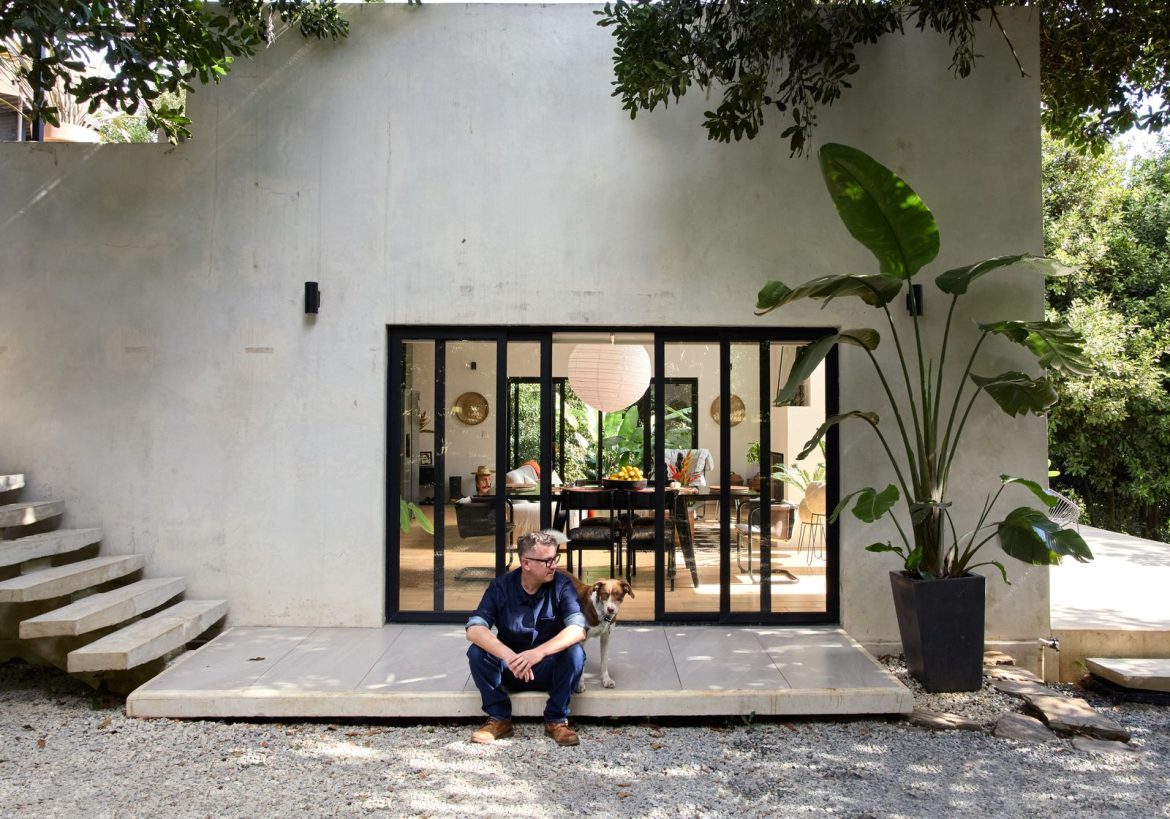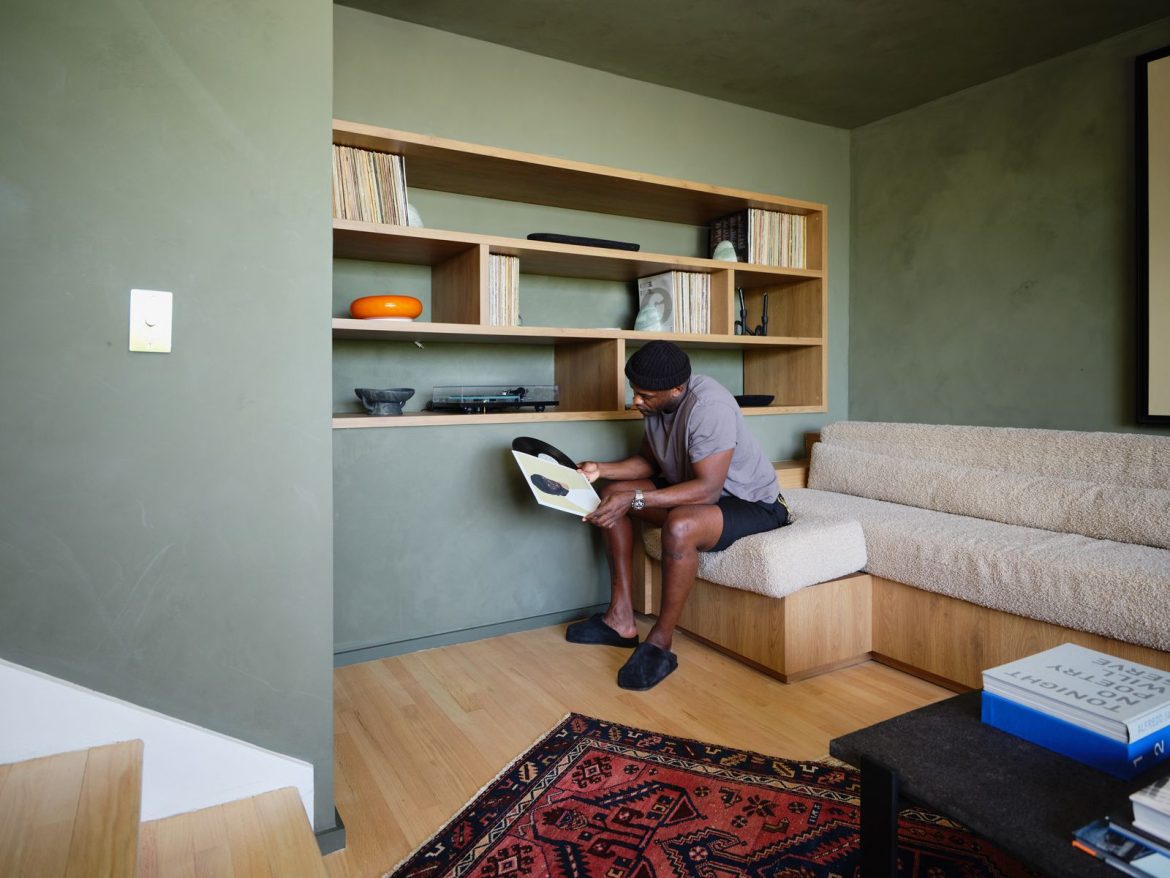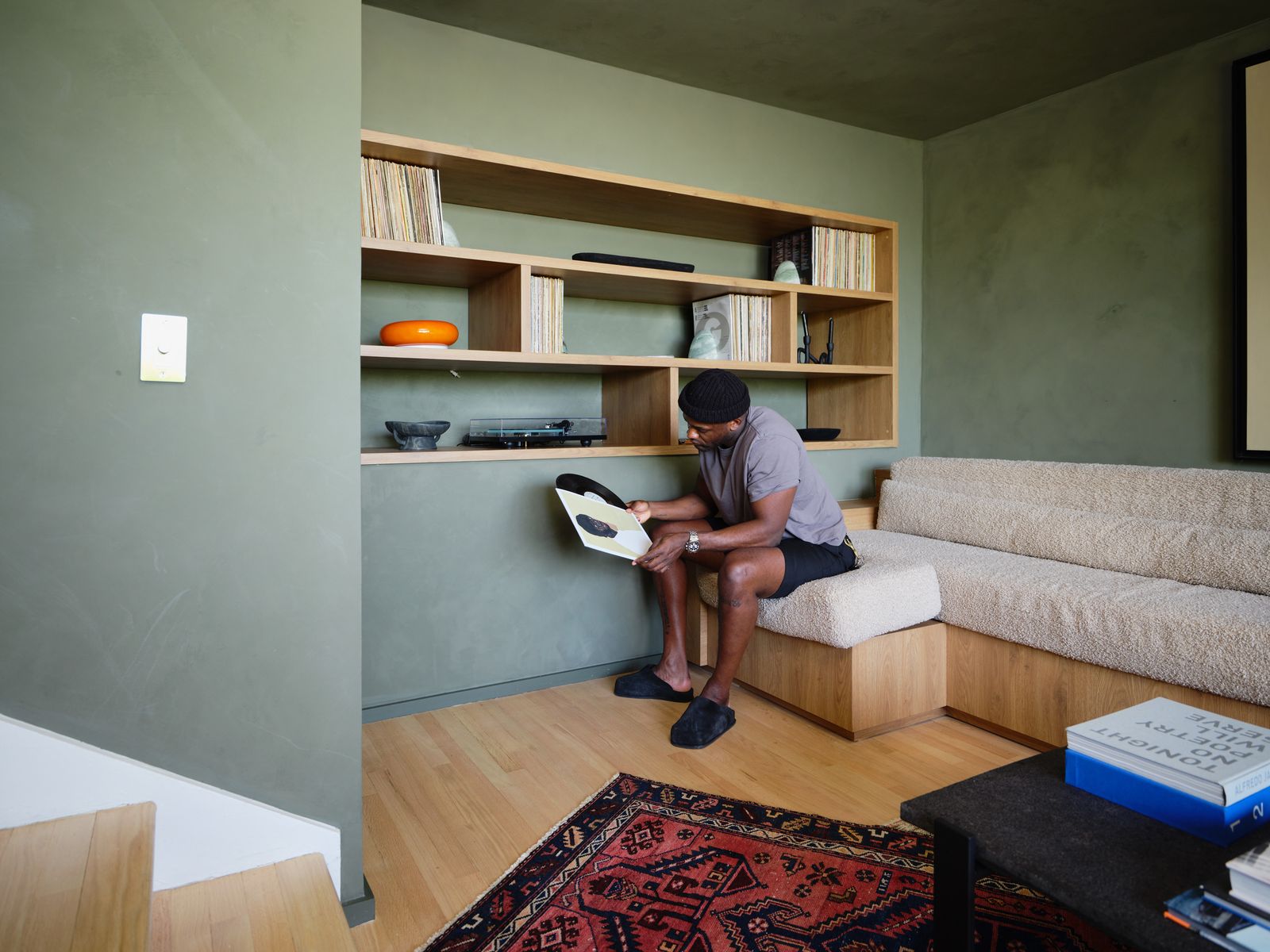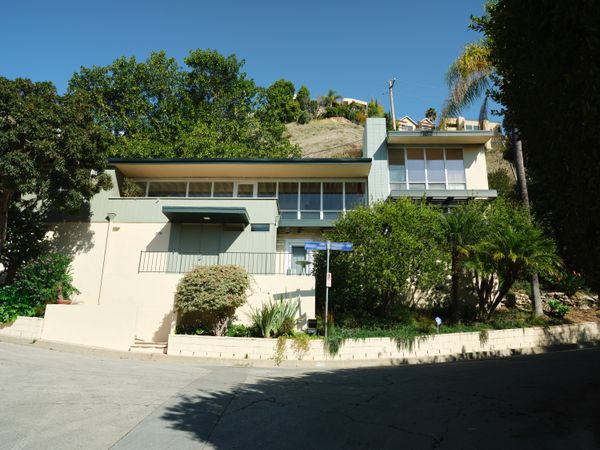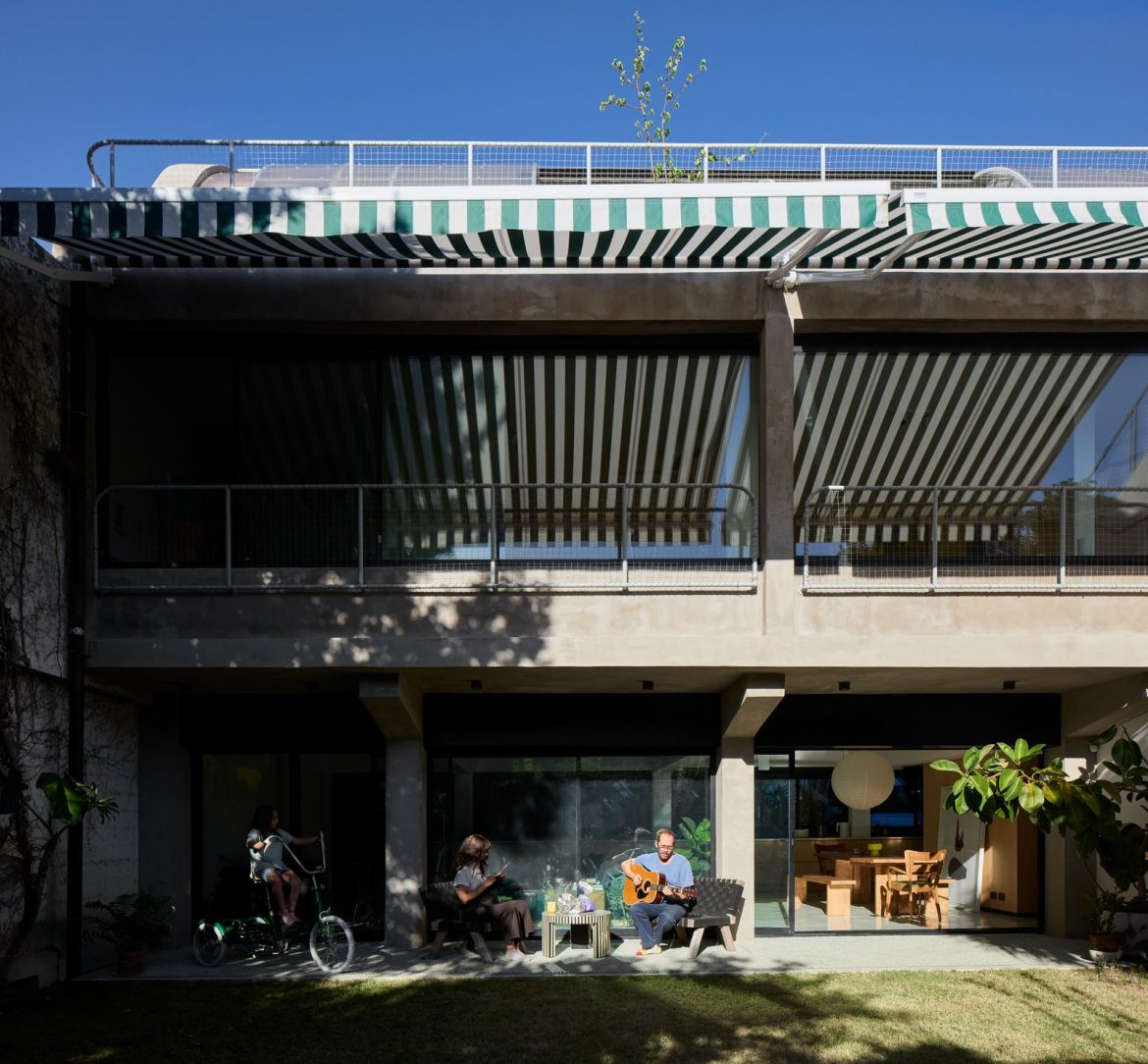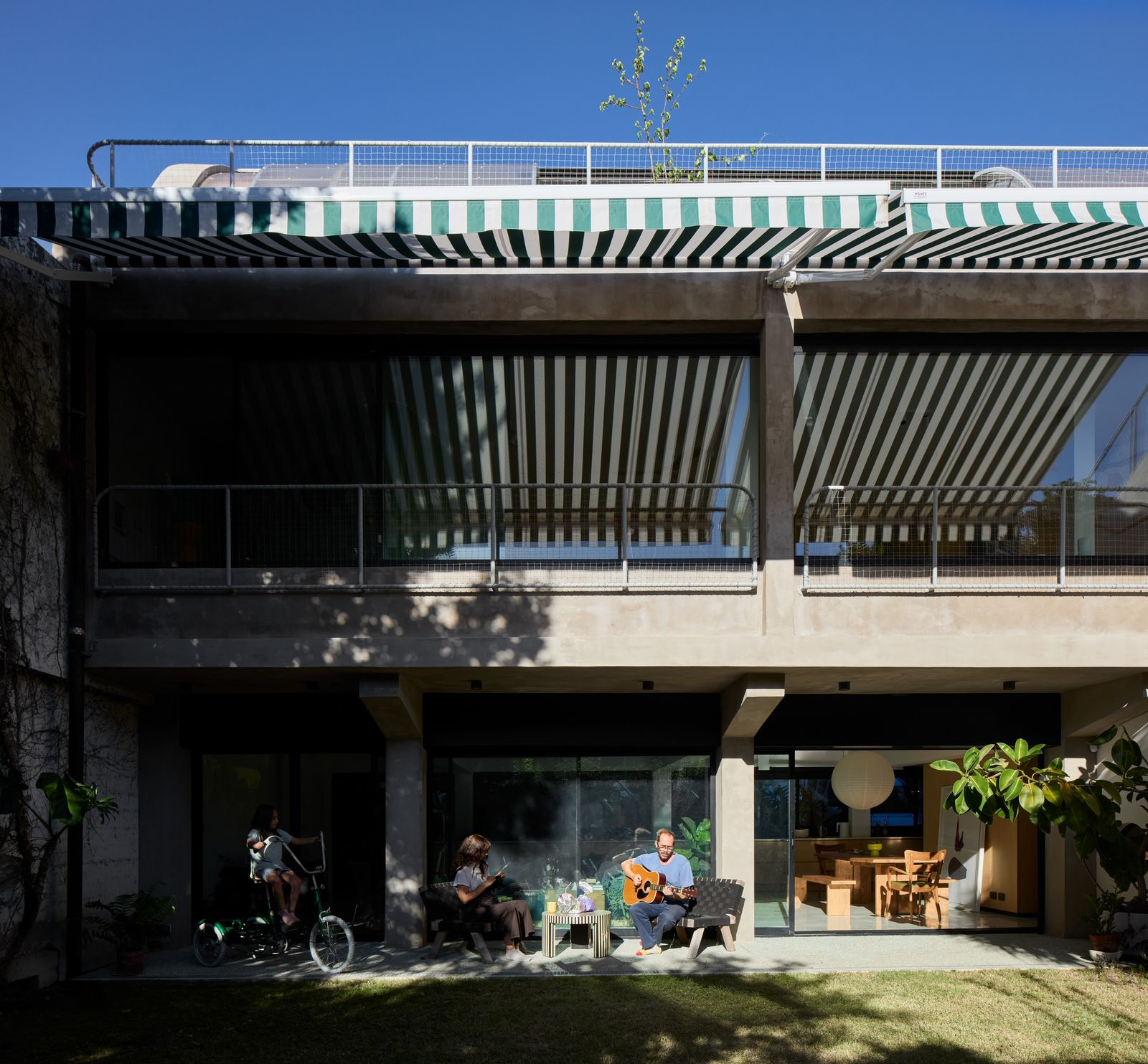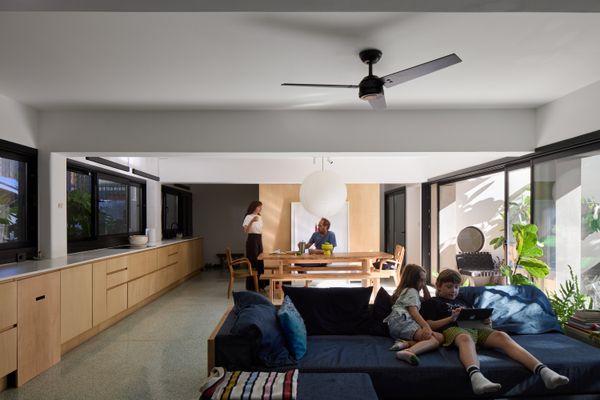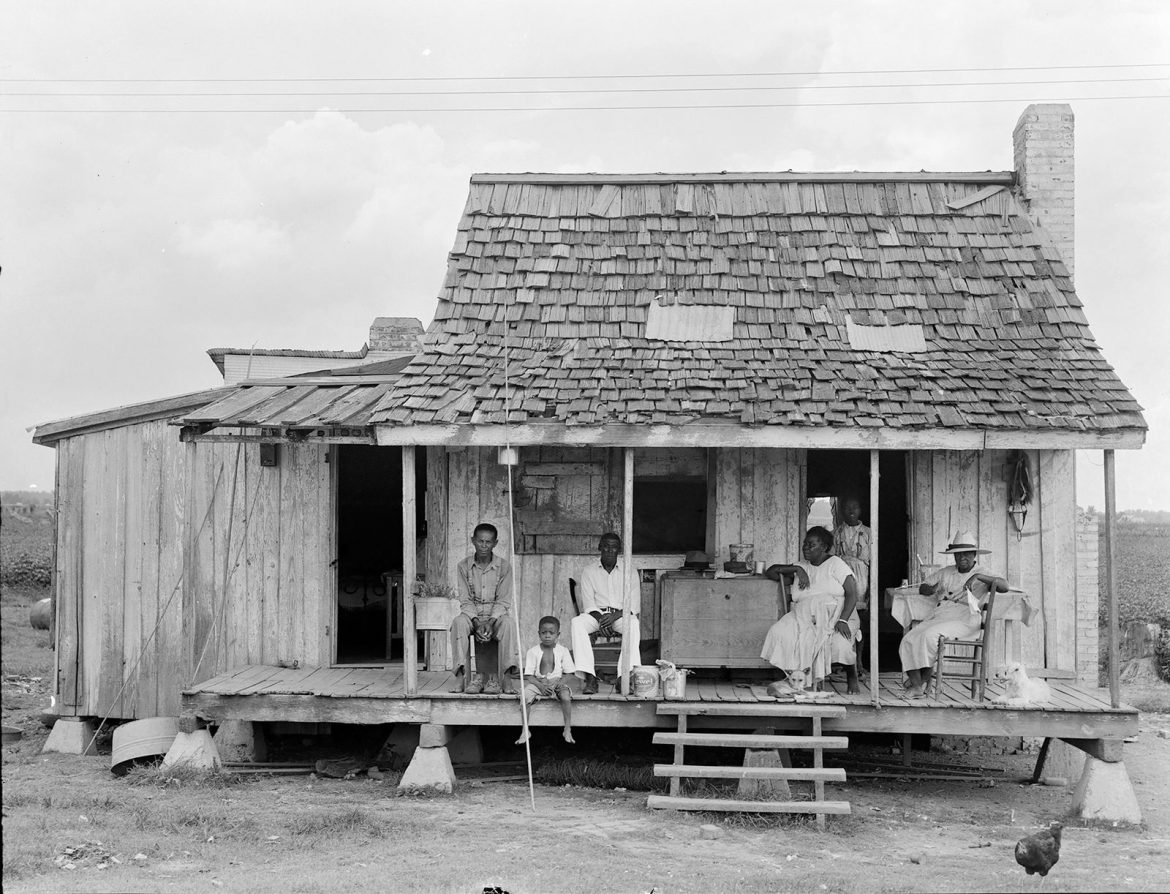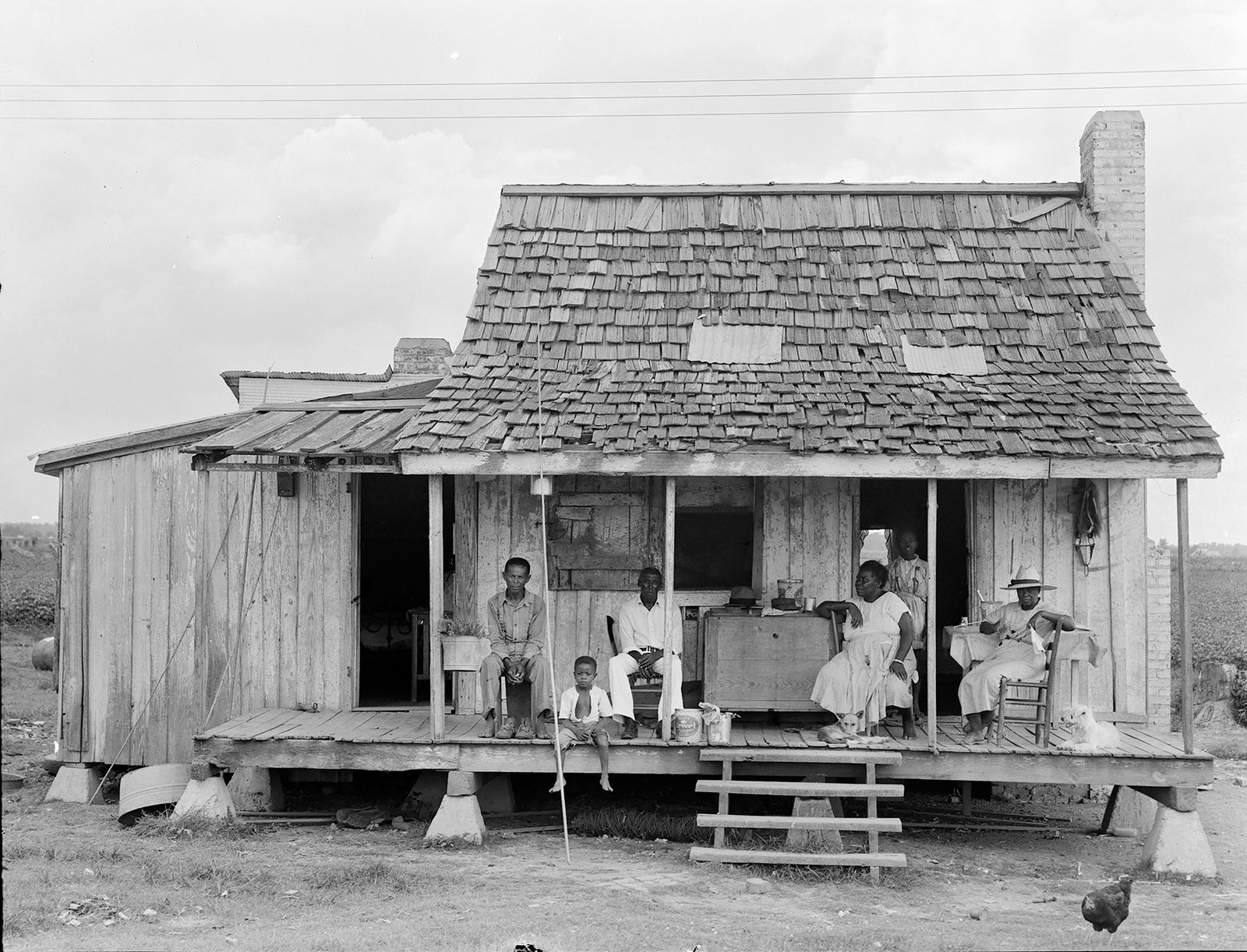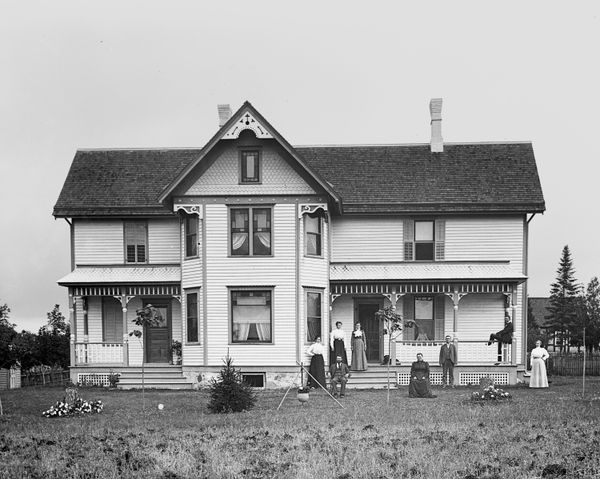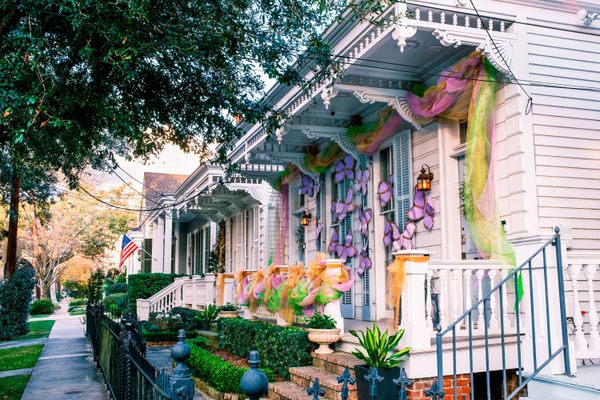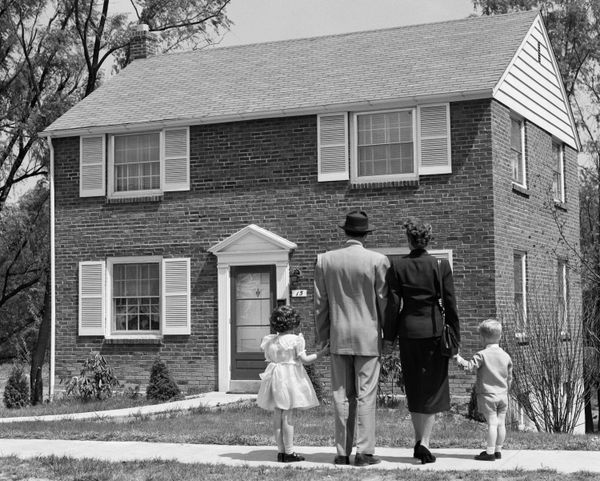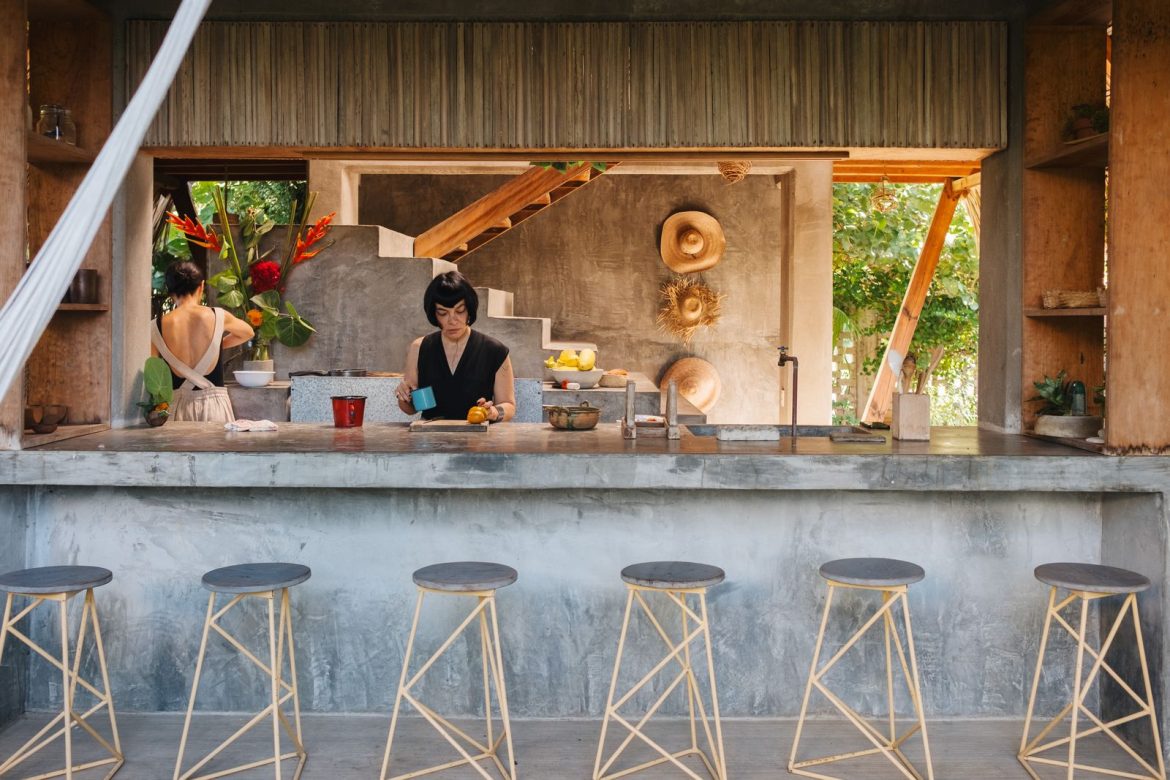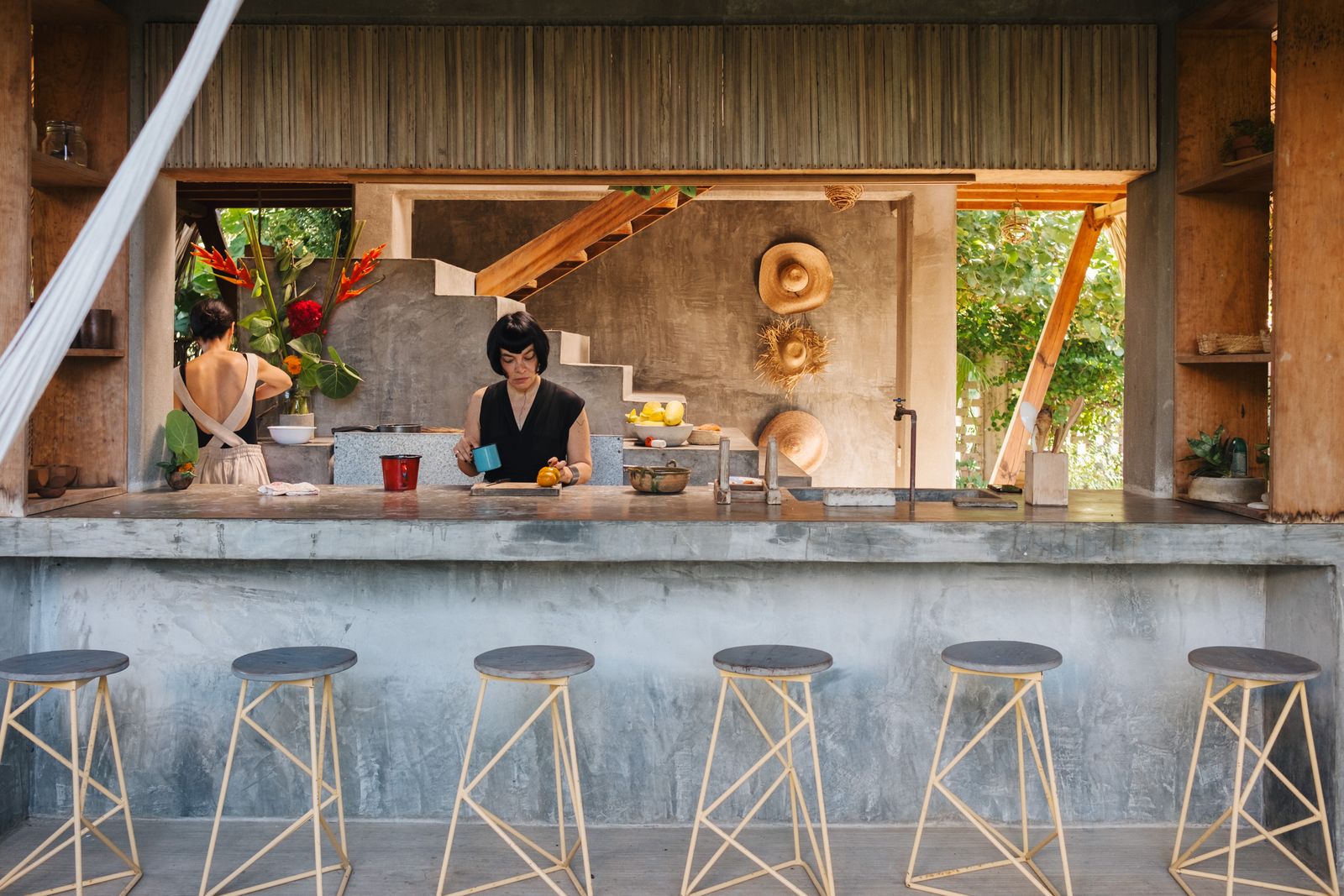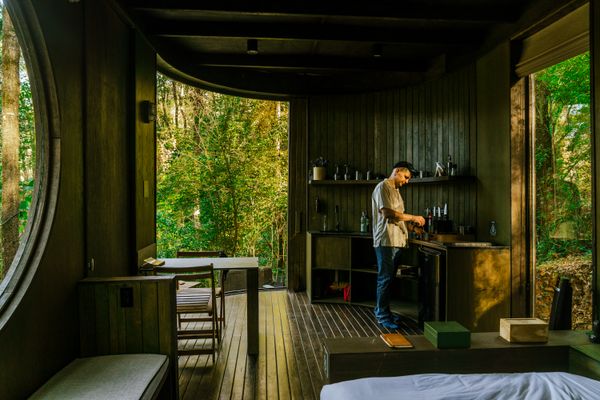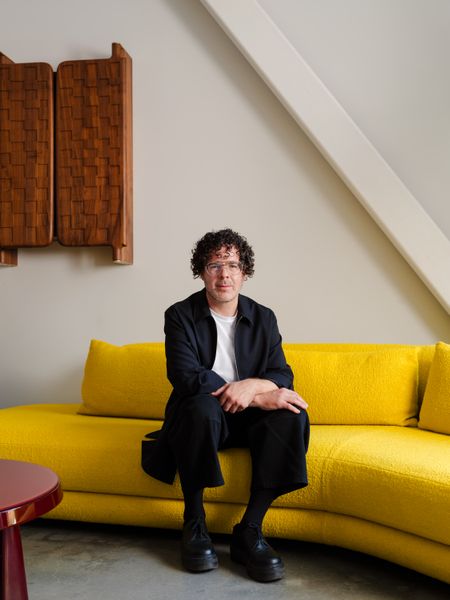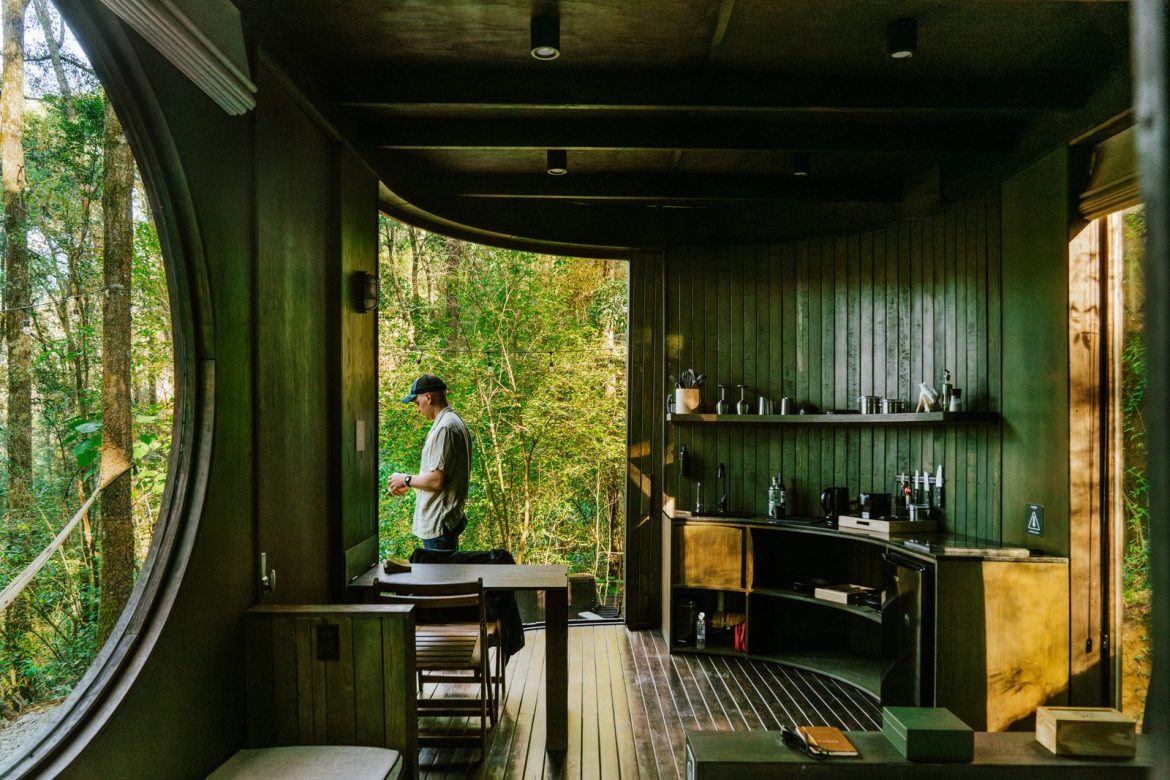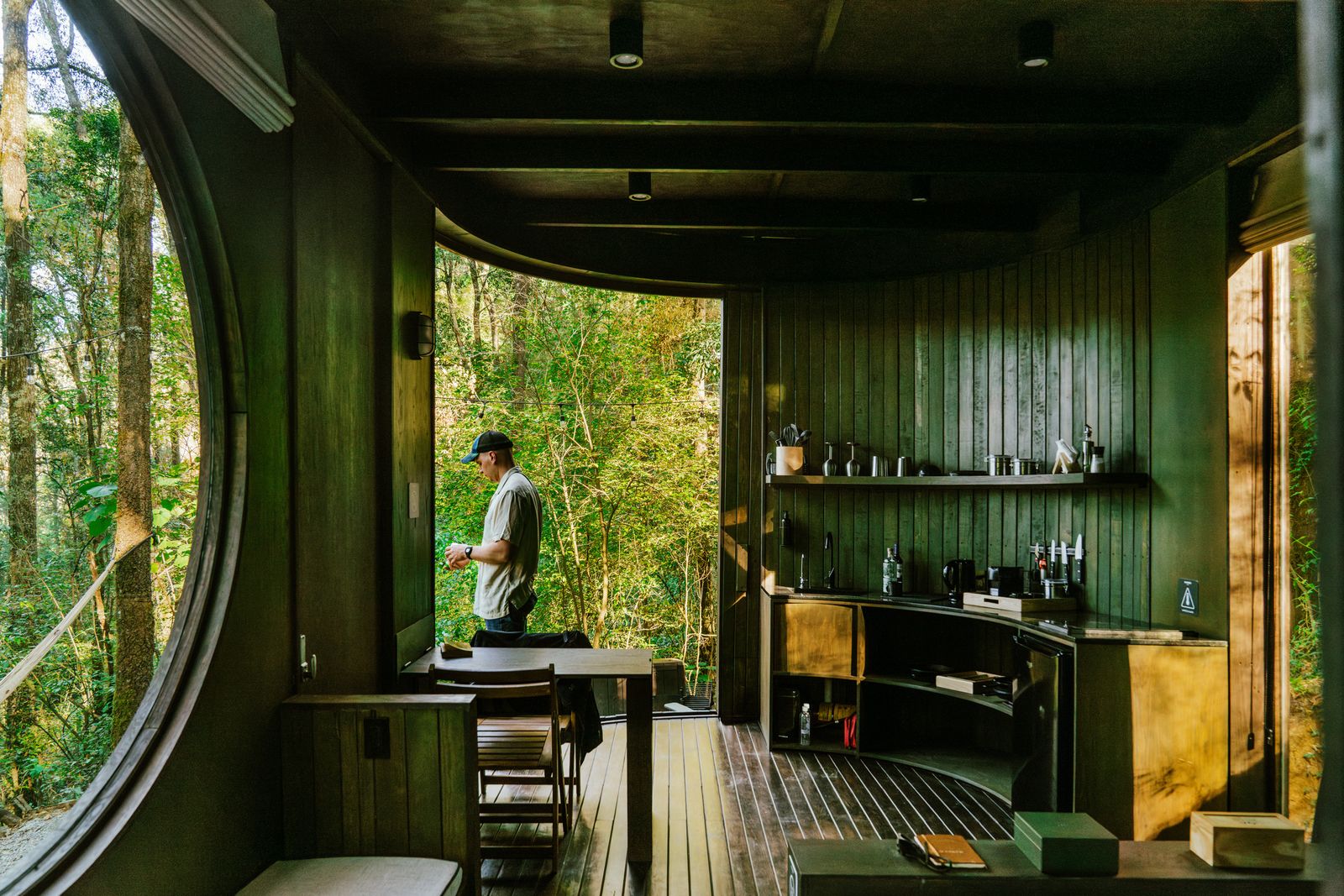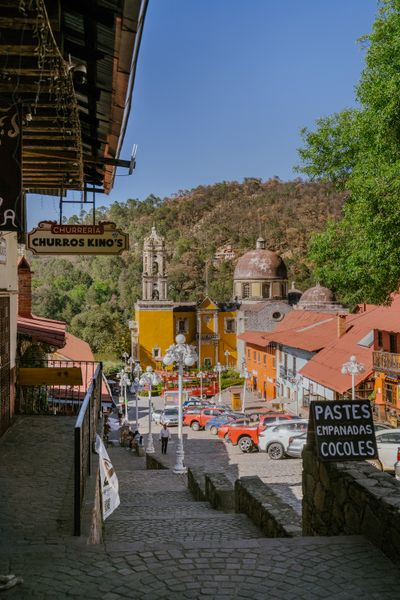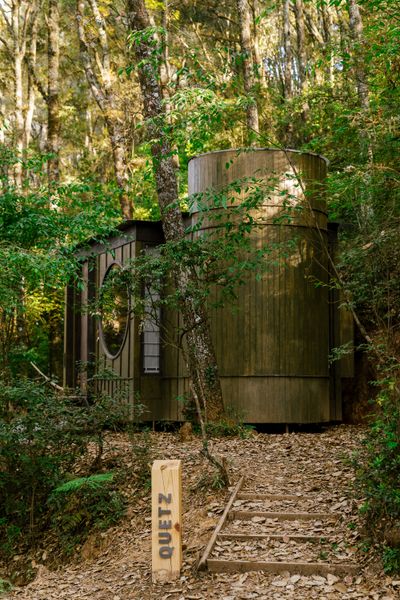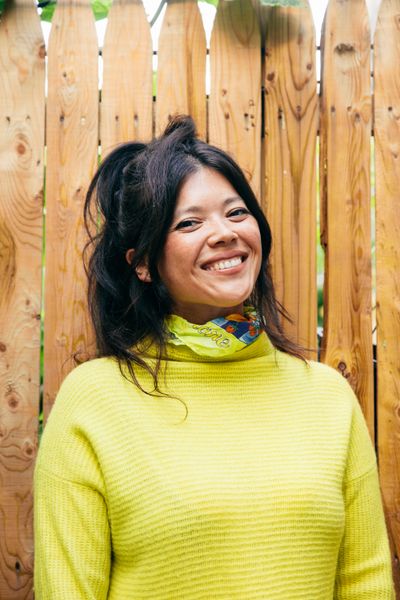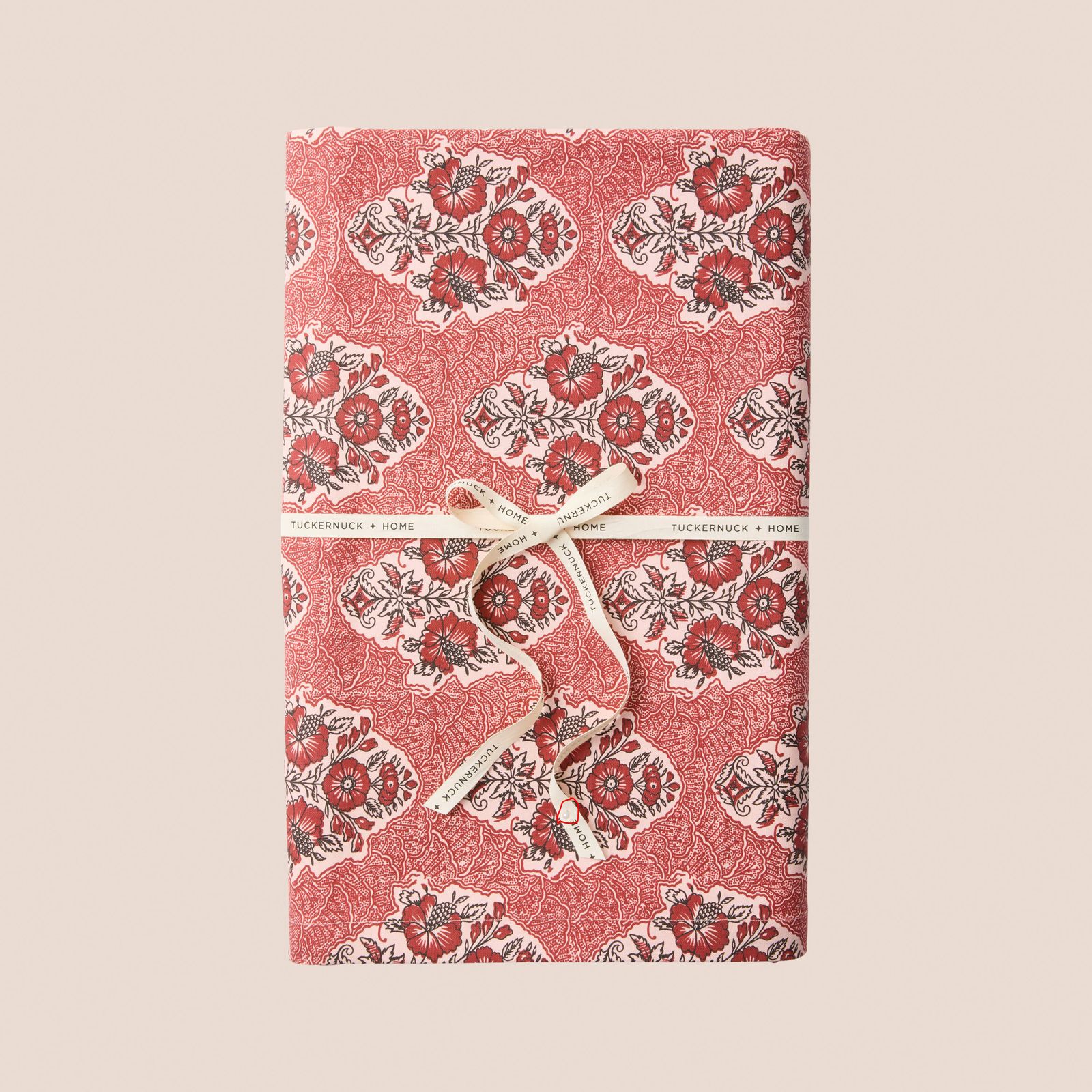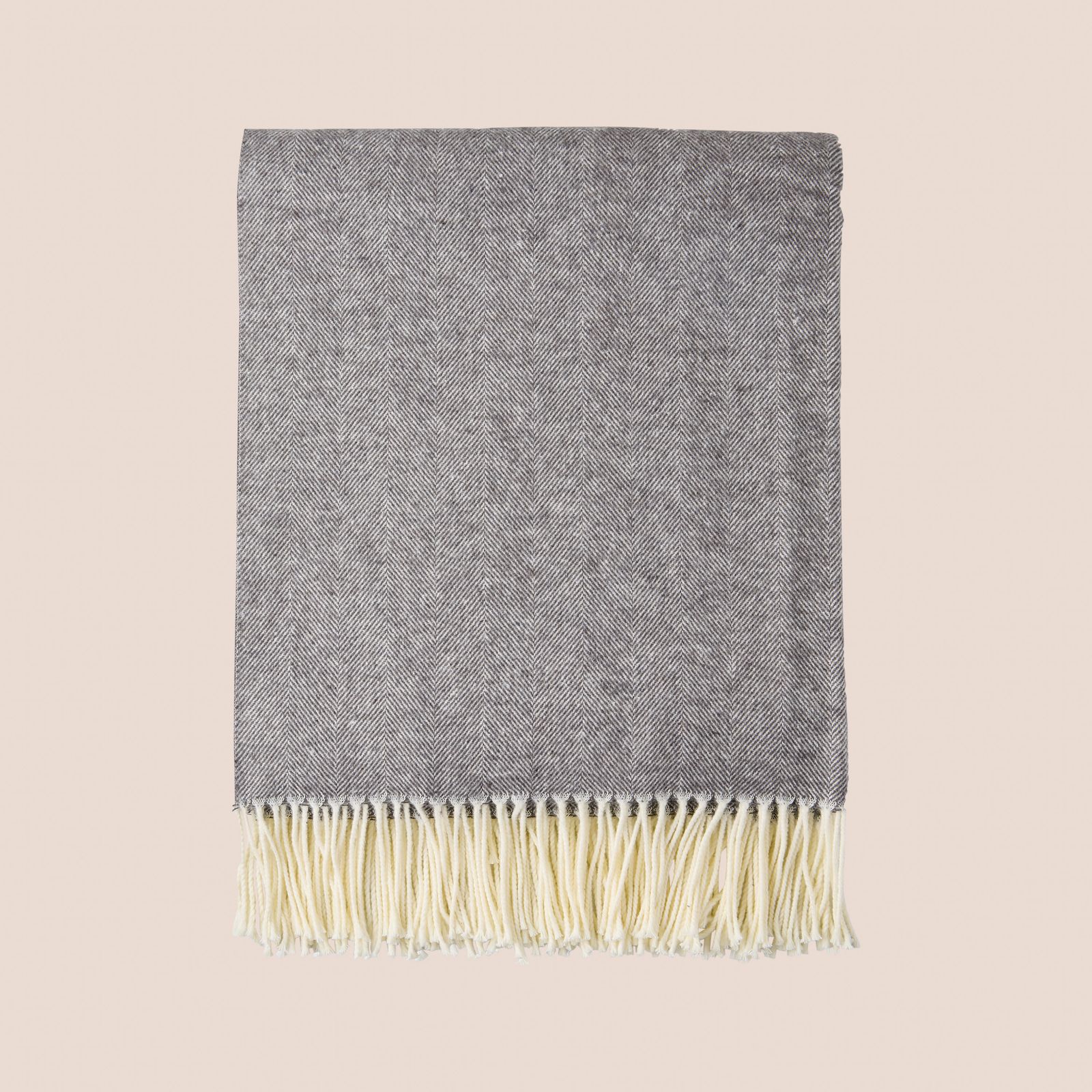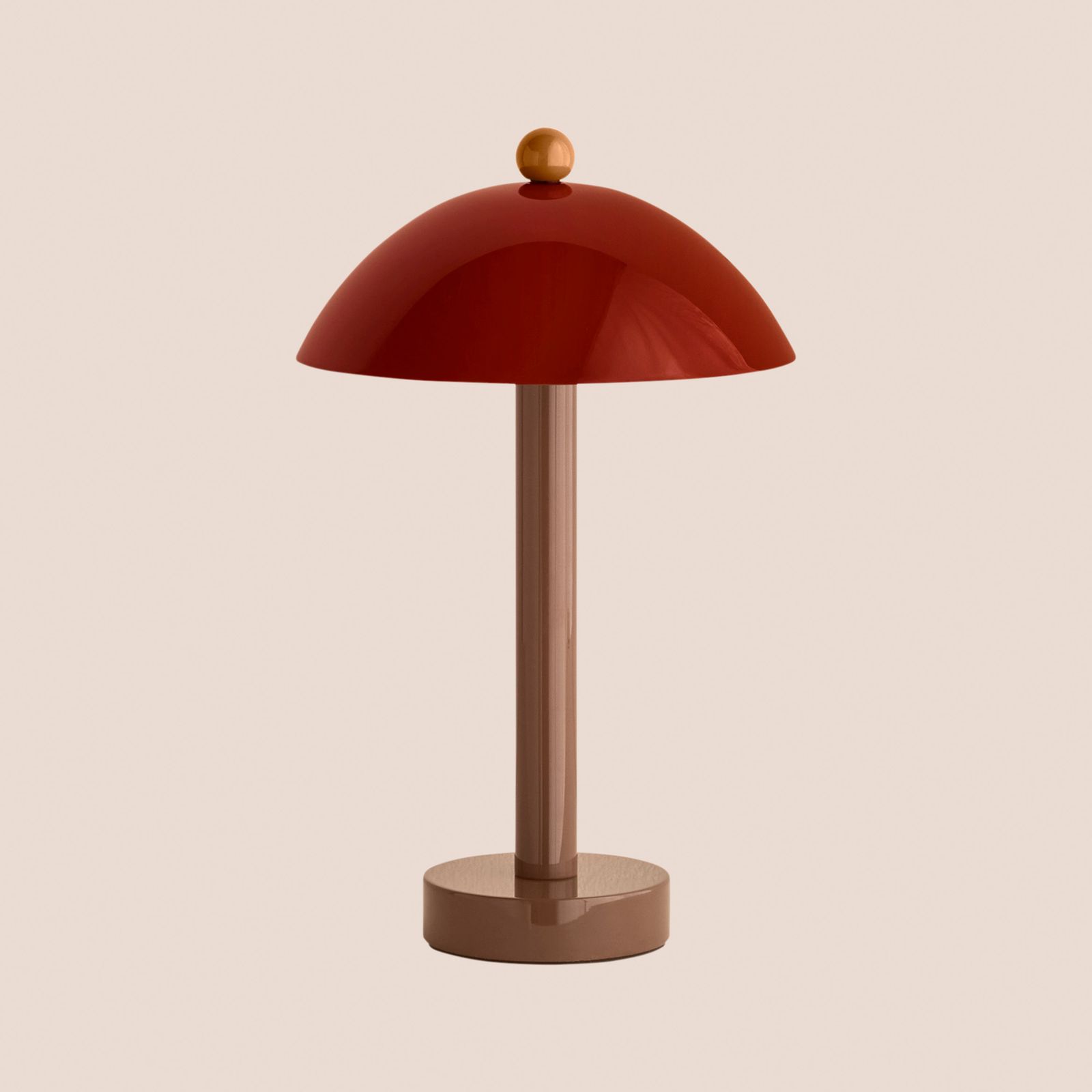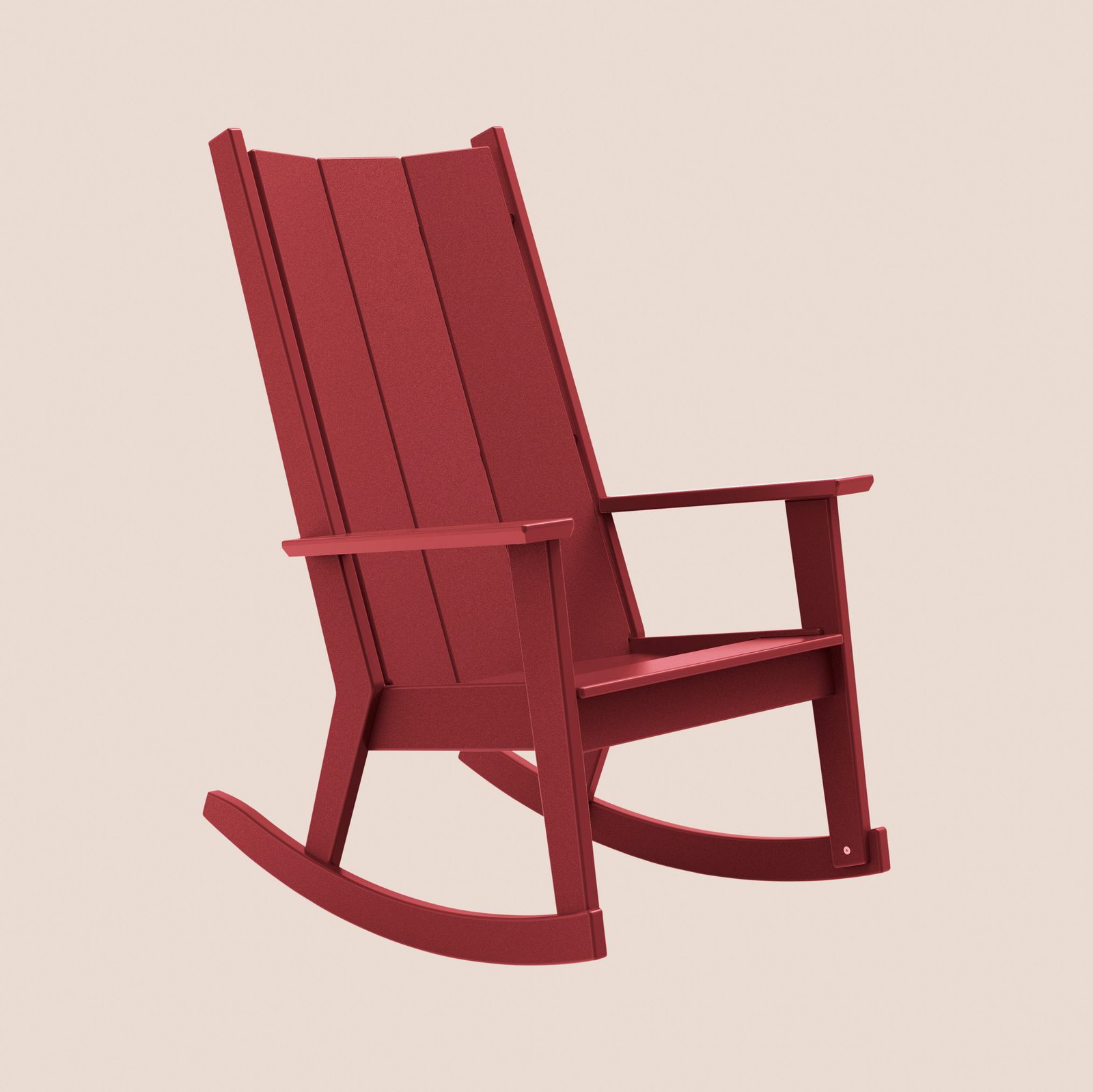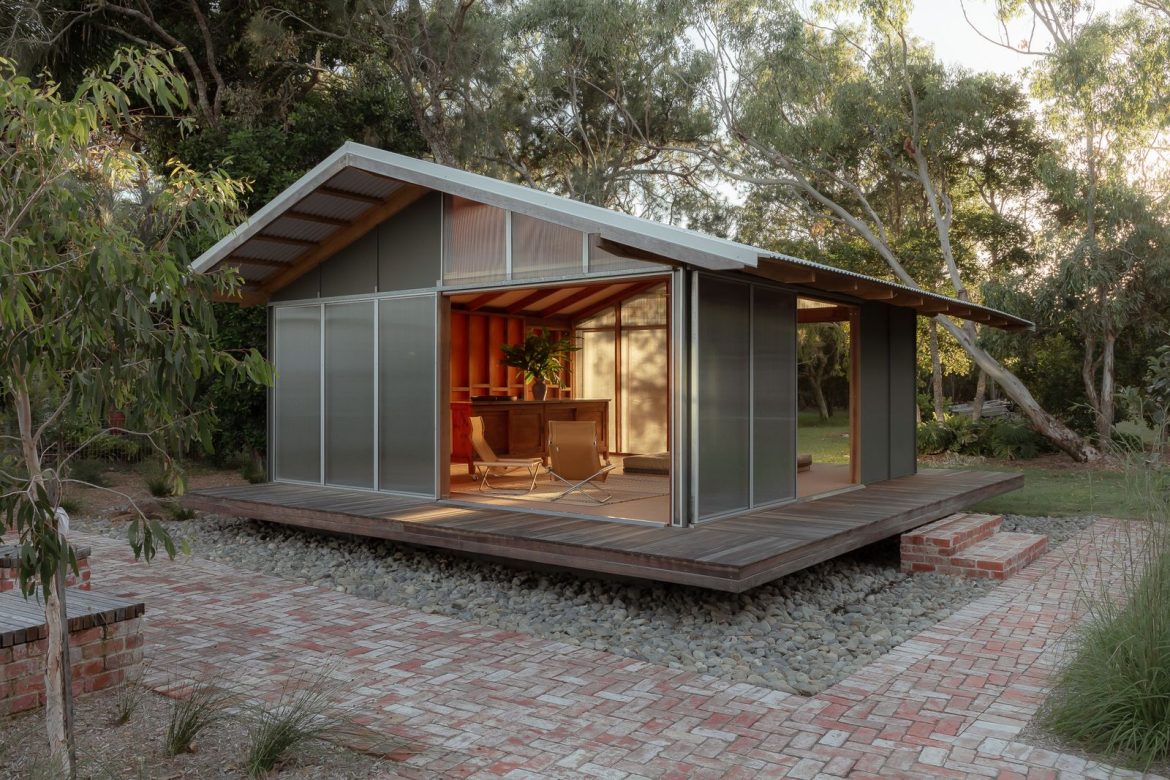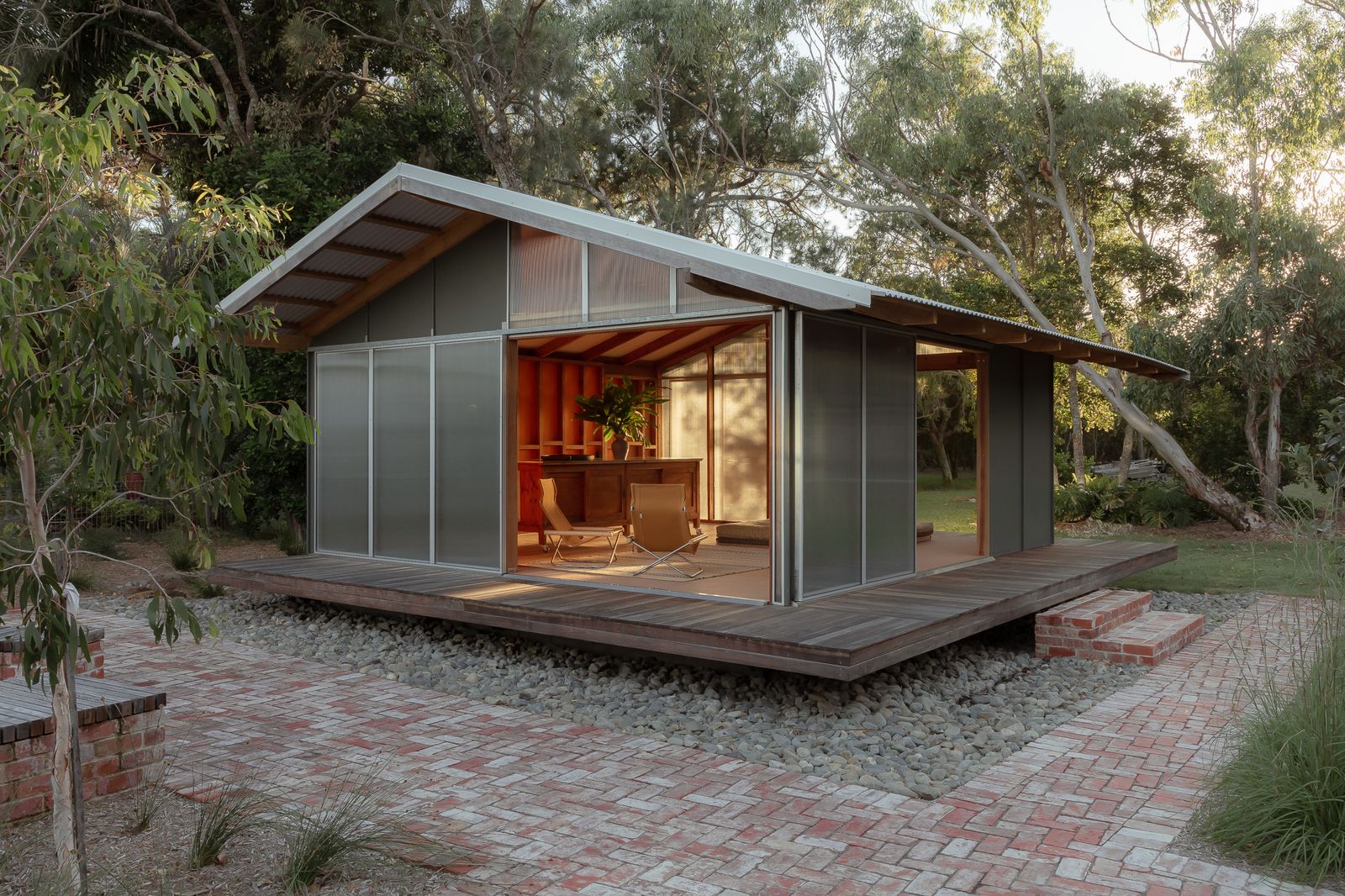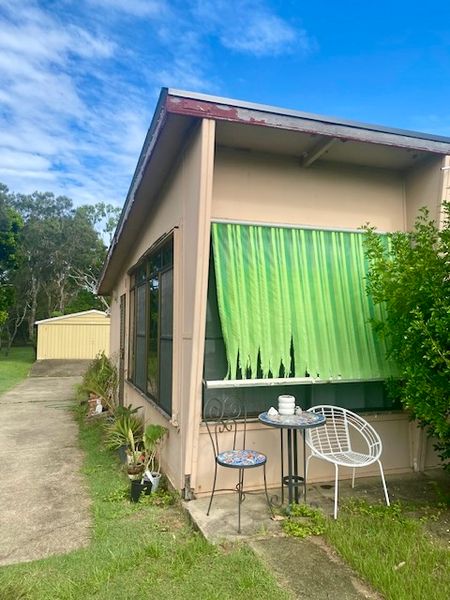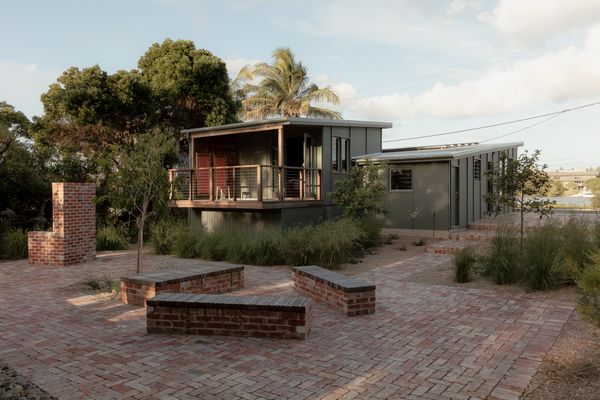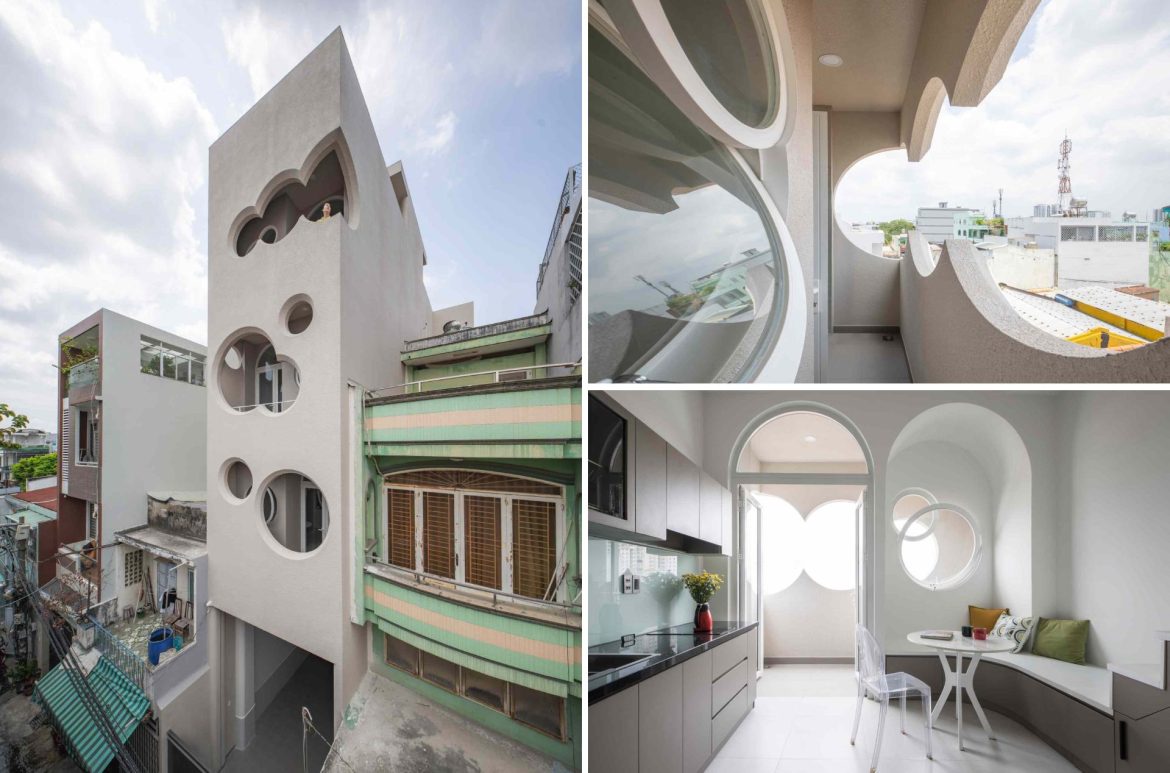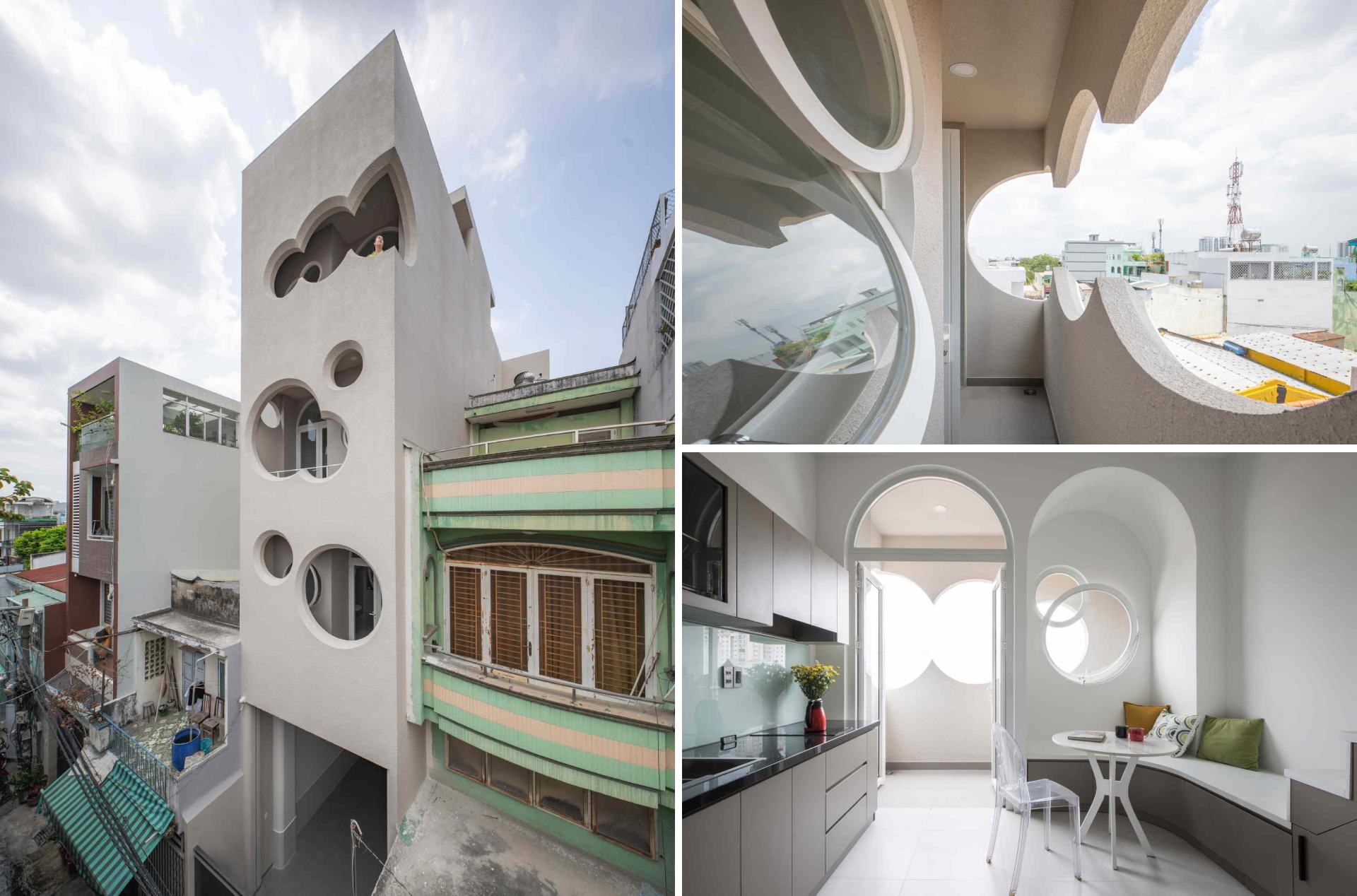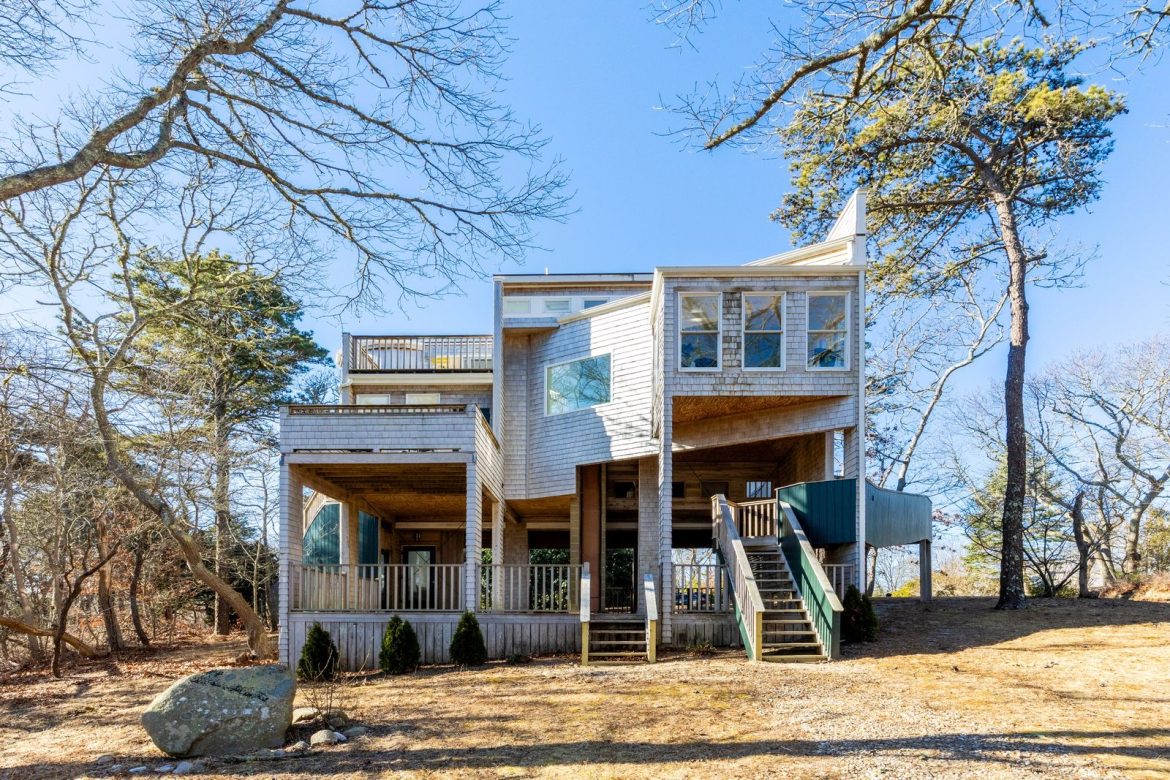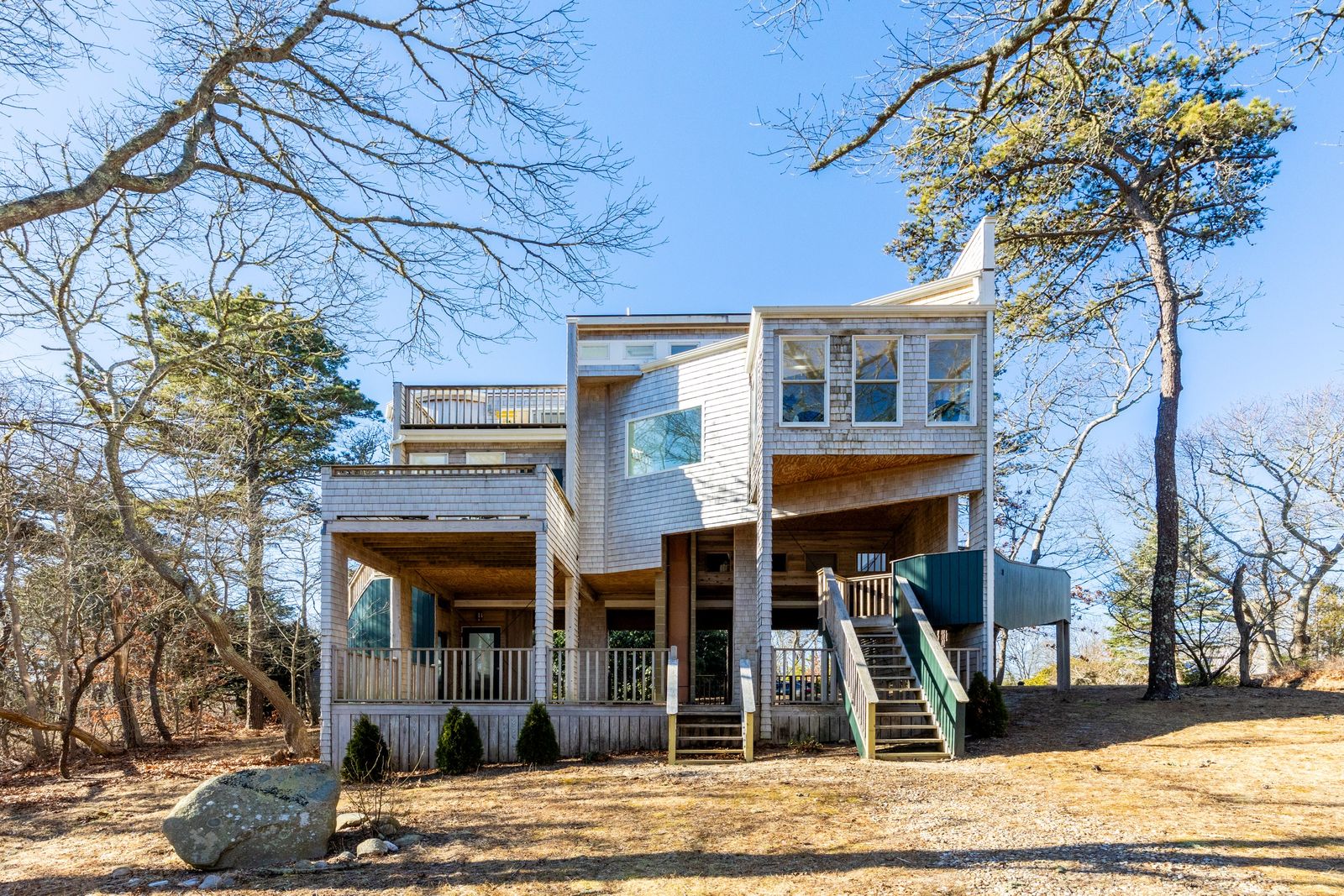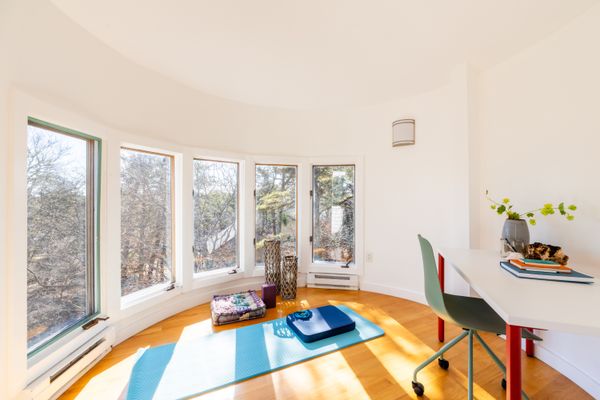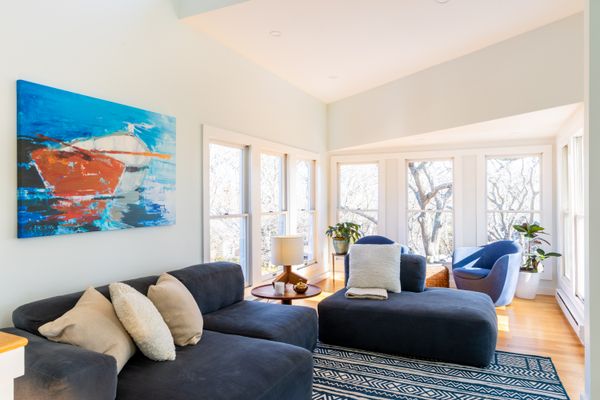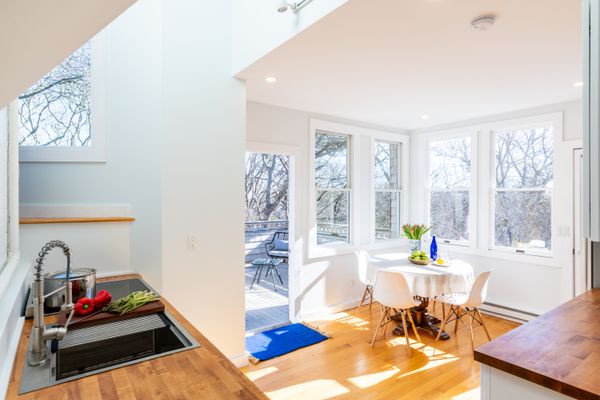Dwell 24 alum Manny Rionda fled from the city to his family’s finca during Covid lockdowns and devised a home for himself there where he could live among the trees.
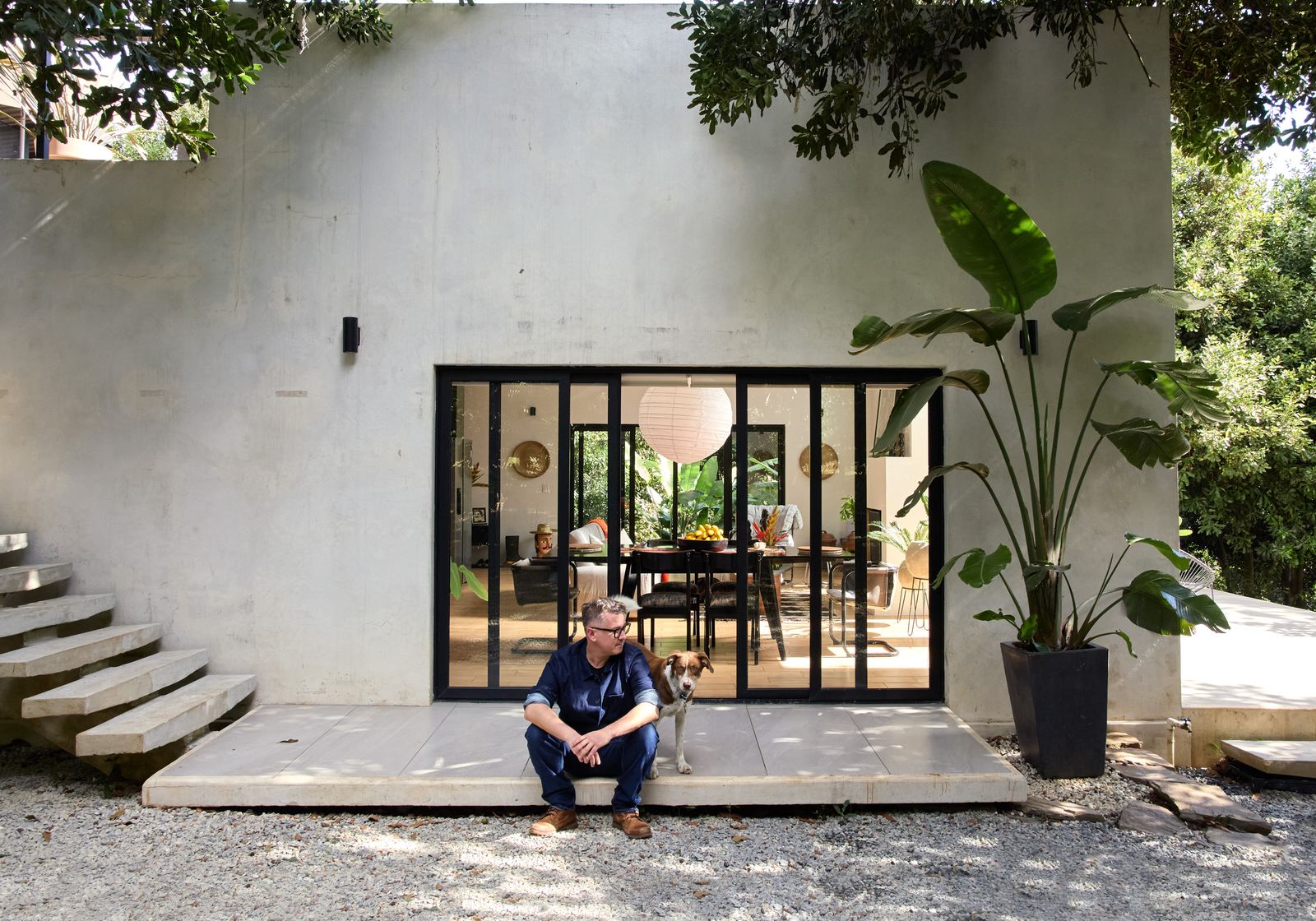
In the spring of 2020, when Covid lockdowns began, Manny Rionda retreated from his home in Guatemala City to his family’s finca, or ranch, in the highlands 35 miles to the west. At first he lived with his parents in their two-bedroom 1960s house on the mountainous estate, but he fell in love with country living and decided to stay. His parents granted him some space on the working farm to build his own home, and Manny, a fashion photographer and furniture designer, got to work on his first architectural project.

Dwell 24 alum Manny Rionda escaped to his family’s finca in Guatemala during Covid lockdowns and decided to stay, but he soon realized he couldn’t live with his parents forever. “I love my mom and dad,” Manny says, “but we’re not sharing a bathroom.” So the designer built a home of his own on the property, where he could live among the leaves. The living/dining room features heirlooms and a coffee table made of conacaste wood and unpolished granite. The print above the fireplace is by Guillermo Maldonado.
Photo: Carolina Isabel Salazar
Casa Zanate, as Manny named it, doesn’t immediately reveal itself. Manny minimized its footprint to avoid damaging the coffee, macadamia, and guava trees on the site, and the home—a 1,480-square-foot, single-story box—is shrouded in greenery. “The trees here are sacred, since it takes almost a decade for them to flower,” Manny says. Cantilevered concrete steps draw visitors in and lead to a floating deck that wraps around the home’s flat front facade, connecting to a spacious side terrace hovering among the leaves.
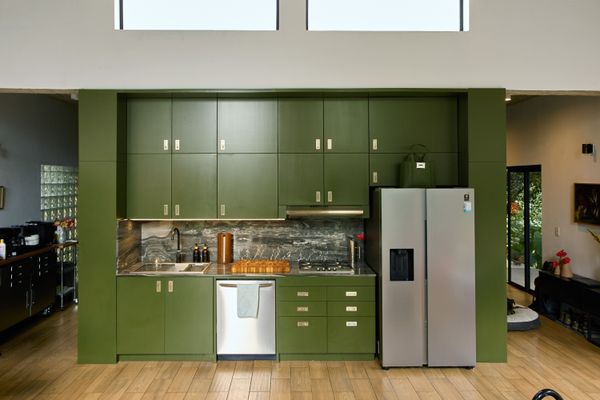
Manny finished the house with architect Esteban Paredes. For the kitchen they created custom cabinets using lacquered MDF, and topped them with San Lorenzo marble.
Photo: Carolina Isabel Salazar
To meet the $80,000 to $100,000 U.S. dollars budget, Manny had the walls built with cinder block and coated in chukum, a low-cost material made of tree resin mixed with limestone. “It was used by the Maya, and it can be easily colored, though we left it in its natural shade,” he says. “It’s waterproof, heavy duty, and I don’t have to paint the exterior.” After the home’s first rainy season, the walls began to stain naturally, blending with the landscape.
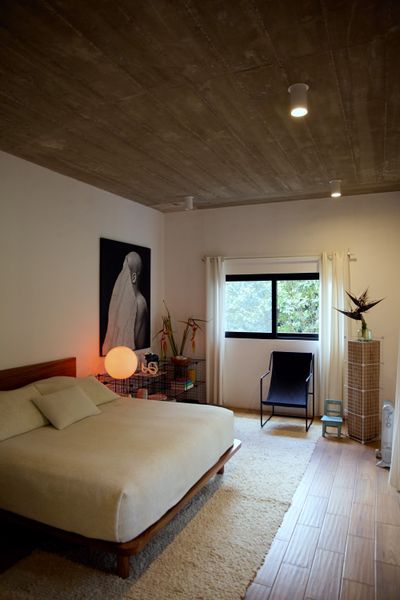
For the floors, the two picked a durable porcelain tile with a wood finish. “I wanted to use engineered hardwood flooring,” Paredes says, “but it was not realistic and would need a lot of maintenance.” The rug was woven in the western highlands town of Momostenango.
Photo: Carolina Isabel Salazar
See the full story on Dwell.com: A Designer Builds a Home With a Rooftop Hot Tub on His Parents’ Ranch in Guatemala
Related stories:
